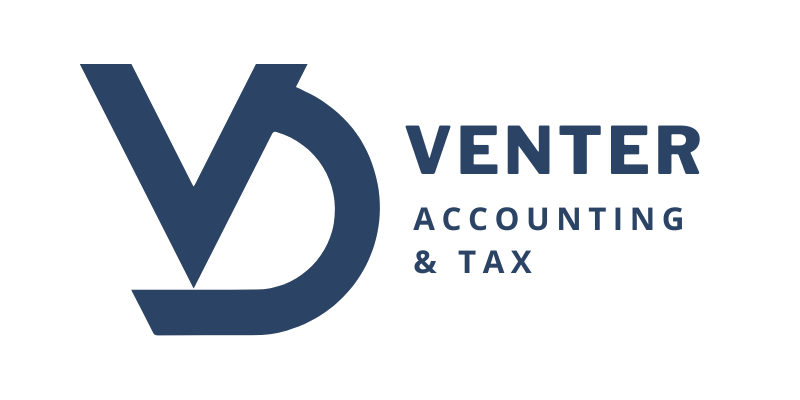Understanding Qualified Farm Property
A Guide for Canadian Farmers
In the world of Canadian agriculture, managing taxes effectively can make a significant difference to your bottom line, especially when it comes to selling farm assets amid diverse regional landscapes. From the fertile orchards and vineyards of British Columbia's Okanagan Valley to broader grain and livestock operations across the country, one key concept that every farmer should understand is Qualified Farm Property (“QFP”). This offers substantial tax relief through the Lifetime Capital Gains Exemption (“LCGE”), helping preserve wealth in areas where land values can soar due to tourism and development pressures. This article breaks down what QFP is, how it works, and why it's essential for farm owners planning for the future. Whether you're a multi-generational fruit grower in Kelowna or a livestock operator elsewhere, knowing the ins and outs of QFP, combined with potential provincial benefits, can help protect your hard-earned gains.
Are you wondering if your Okanagan vineyard, orchard land, or production quotas qualify for up to $1.25 million in tax-free gains? Contact Dave at Venter Accounting & Tax, for a quick eligibility check today.
What Is Qualified Farm Property?
Qualified Farm Property refers to specific types of assets used in a farming business in Canada that qualify for special tax treatment under the Income Tax Act. Essentially, it's property that has been actively used in farming operations, allowing owners to claim an exemption on capital gains when the property is sold or transferred. In regions like British Columbia, where agriculture includes everything from apple orchards in the Okanagan to dairy farms in the Fraser Valley, QFP can apply to a wide range of assets.
The definition includes:
Real or immovable property: This covers land and buildings used in farming, such as barns, silos, and farmland itself (excluding movable equipment like tractors). For Okanagan farmers, this might include irrigated orchard lands or winery facilities.
Shares in a family farm corporation: Ownership stakes in a corporation primarily engaged in farming, common in BC's corporate vineyard operations.
Interests in a family farm partnership: Your share in a partnership where farming is the main activity.
The Benefits: Lifetime Capital Gains Exemption
The primary advantage of QFP is access to the LCGE (Lifetune Capital Gains Exemption), which allows you to exempt up to $1.25 million in capital gains over your lifetime from taxation. For dispositions (sales or transfers) occurring after June 24, 2024, this exemption amount applies, up from the previous $1,016,836. This means that if you sell qualifying farm property and realize a capital gain, you could shield a significant portion, or all of it, from taxes, depending on your total gains and prior claims.
For example, if you've owned and operated an Okanagan fruit farm for decades and decide to sell it for retirement amid rising land prices in areas like Penticton or Oliver, the LCGE could save you hundreds of thousands in taxes. This exemption is particularly valuable for family farms, as it can be claimed by individuals, their spouses, common-law partners, children, or parents, helping preserve wealth across generations in provinces like British Columbia, where intergenerational transfers are common.
With the LCGE limit now at $1.25 million and potential Canada Revenue Agency (“CRA”) audits on the rise, don't leave money on the table. Contact Dave at Venter Accounting & Tax today for a complimentary review of your farm's capital gains strategy.
How to Qualify: Ownership and Usage Requirements
To claim the LCGE on QFP, the property must meet strict ownership and usage tests outlined by the CRA.
Ownership Requirements
The property must have been owned for at least 24 months immediately before the sale by:
o You, your spouse/common-law partner, child, or parent.
o A family farm partnership or corporation in which you or a family member has an interest.
o A personal trust under certain conditions.
For properties acquired before June 18, 1987, alternative rules apply, focusing on principal use in farming for at least five years.
Usage Tests
One of two tests must be satisfied during the 24-month ownership period:
1. Gross Revenue Test: For at least two years, the gross revenue from the farming business must exceed your (or the relevant family member's) income from all other sources. Additionally, the property must be used in a farming business where the individual is actively engaged on a regular and continuous basis. In the Okanagan, this could involve revenue from fruit sales or wine production.
2. Active Engagement Test (for Corporations/Partnerships): The property is used in a farming business operated by a family farm corporation or partnership, with a qualifying family member actively engaged regularly and continuously. No gross revenue test is required here.
If your farm property also serves as your principal residence, common on smaller Okanagan holdings, you can allocate gains between the principal residence exemption and the LCGE, maximizing your tax savings.
Provincial Considerations to Enhance QFP Benefits
While QFP and the LCGE are federal tax tools, many provinces offer complementary programs that can further reduce your tax burdens, such as property tax reductions for active farms or exemptions on transfers within families. These vary by province, for instance, in British Columbia, options like property transfer tax exemptions for family farms can align well with QFP. To explore how provincial benefits might apply to your situation and complement federal exemptions, contact us at Venter Accounting & Tax for a personalized discussion.
Small Tips and Techniques: What to Watch Out For
While QFP offers great benefits, there are pitfalls that can disqualify your claim or lead to unexpected tax bills, especially in variable farming environments like British Columbia's. Here are some key tips to keep in mind:
Documentation is Key: Always maintain detailed records of farm income, expenses, and usage, including irrigation logs or harvest yields for Okanagan crops. The CRA may audit claims, so have proof of active farming engagement, such as financial statements, invoices, and time logs. Watch out for periods of non-use (e.g., due to drought or market downturns) that could fail the 24-month test—common in BC's climate-sensitive regions.
Gross Revenue Test Traps: If your off-farm income (e.g., from tourism-related jobs in the Okanagan) exceeds farm revenue in key years, you might not qualify. Technique: Structure your operations to prioritize farm income, perhaps by expanding value-added products like wine tours or direct sales. Consult a tax advisor early to track this.
Family Transfers and Succession Planning: When transferring to children, ensure the property continues to qualify post-transfer. Watch for "deemed dispositions" in trusts or estates that trigger gains without careful planning. Tip: Use spousal rollovers or intergenerational transfers to preserve exemption eligibility, vital for multi-generational Okanagan farms.
Principal Residence Overlap: If your farmhouse is on the property, don't overlook the exemption for principal residence land.
Recent Changes: With the LCGE now at $1.25 million, review past claims to ensure you haven't maxed out. Also, note that broader capital gains inclusion rate changes are deferred to 2026, but plan ahead for potential impacts on gains over $250,000. In areas like the Okanagan, monitor how rising land values affect assessments.
By staying vigilant on these points, you can avoid costly mistakes and fully leverage QFP benefits.
Qualified Farm Property is a powerful tool for Canadian farmers to reduce tax burdens and secure financial stability. If you're considering selling or transferring farm assets—whether an orchard in Osoyoos or a ranch elsewhere—understanding QFP can lead to significant savings. However, tax rules are complex and subject to change, so professional advice is crucial.
Take the next step toward tax-efficient farm sale. Contact Dave at Venter Accounting & Tax, we specialize in agricultural tax planning and are here to help you maximize your exemptions.

